The great tea robbery: how the British stole China’s secrets and seeds – and broke its monopoly on the brew
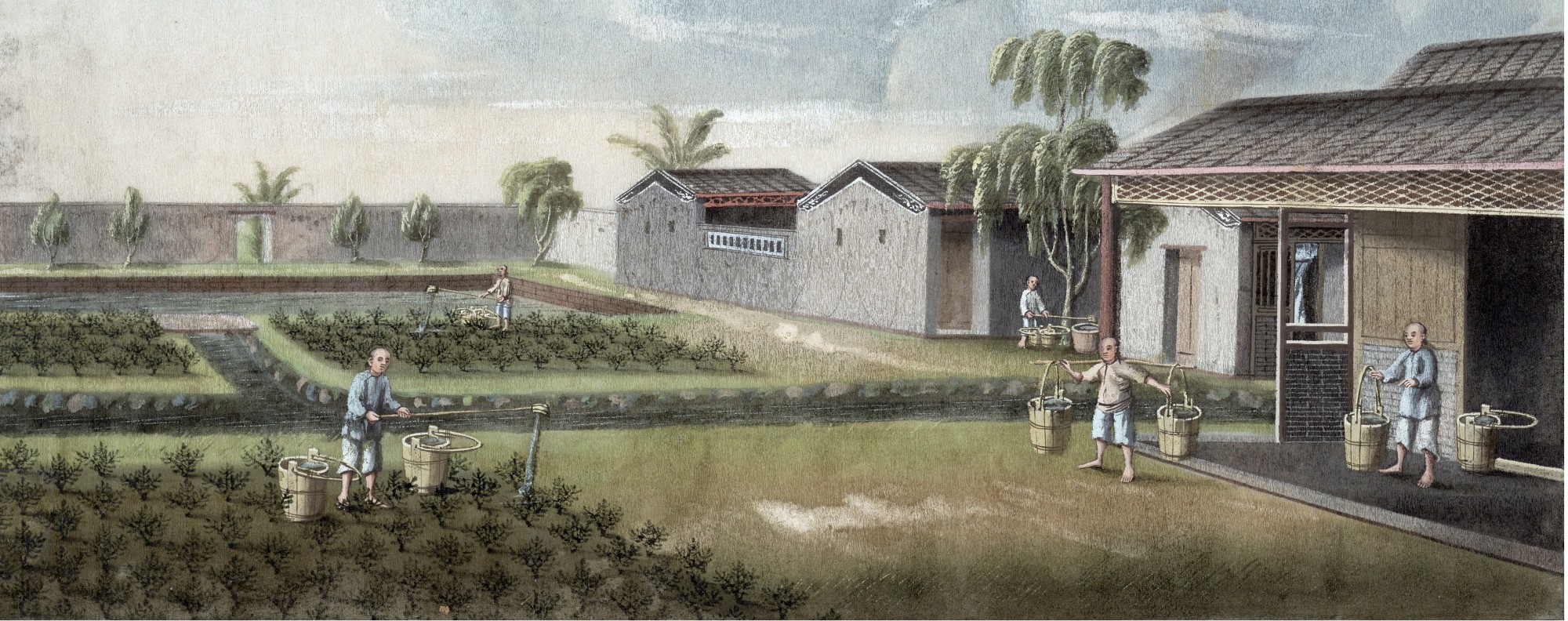
China dominated the tea trade until the East India Company broke its monopoly, having sent Scottish botanist Robert Fortune on a covert mission to steal its plants and tea-processing technique 170 years ago
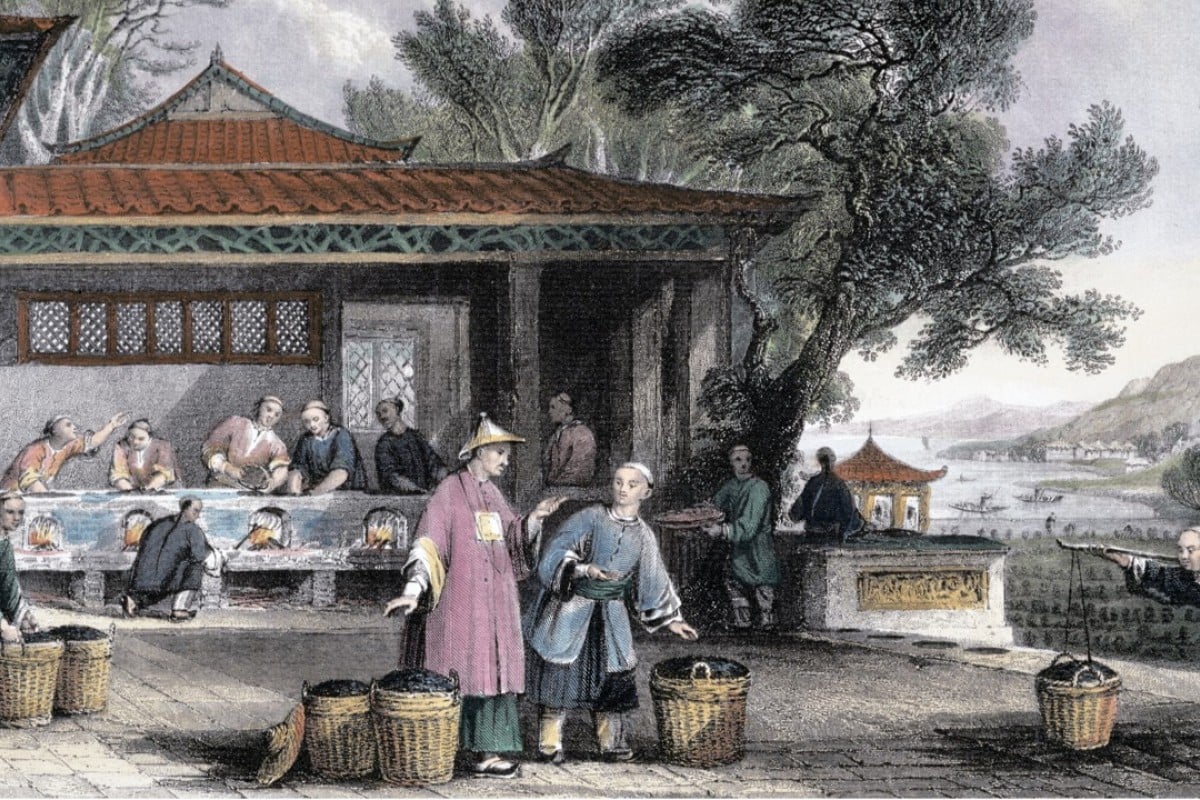
Within the elegant confines of one of Hong Kong’s classic colonial buildings, tourists are partaking in the most quintessential of Chinese cultural activities.
Some appear slightly bewildered by the selection at the LockCha tea room, in Flagstaff House, Central, which ranges from green teas such as Taiping Monkey King to the sharp fermented red teas, including the popular Lapsang Xiaochong. The 70 or so brews are sourced directly from farmers under the supervision of founder and tea master Ip Wing-chi, and business appears to be booming.
“Tea has become more popular day by day here because people are very interested in the health benefits and also tea’s place in Chinese culture,” says hostess and receptionist Shirley Chan Po-chu, before gently reproaching a British visitor who is filling her empty teapot with hot water.
“You must wait one minute before pouring the red teas but the green only needs about 10 seconds,” she explains, with a patient smile.
The Chinese have been drinking tea for more than 2,000 years – the poem A Contract with A Servant, by Wang Bao, penned during the Western Han dynasty (206BC-9AD), is popularly regarded as the earliest written account – so it comes as something of a shock to learn that tea is being imported into China from Britain.
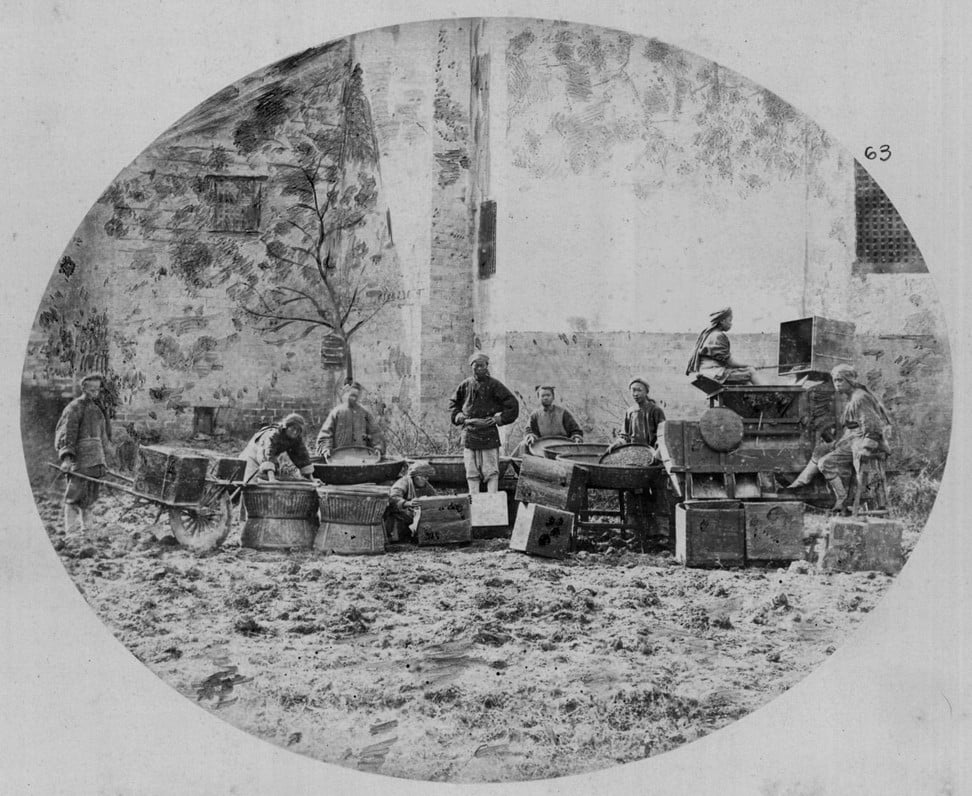 Tea being dried and roasted before transport, in Yangloudong village, Hubei province, in 1874. Picture: Alamy
Tea being dried and roasted before transport, in Yangloudong village, Hubei province, in 1874. Picture: Alamy
“We now have three distributors in China,” says Jonathon Jones, managing director of the first commercial tea producer that grows its product in Britain, at the Tregothnan estate, in Cornwall. “Over the past two years there has been a real upturn in Chinese visitors coming to see us, too, which we love.”
It’s an odd twist of fate if you consider that, until 170 years ago, the only serious producer and exporter of tea was China and its virtual monopoly was sabotaged – by Britain.
In 1847, a little known Scottish botanist called Robert Fortune published a book about his three years of exploration and plant hunting in the tea-growing provinces of China and it set in motion an audacious plan.
The East India Company believed that if the finest seedlings could be obtained, together with the secrets of production, from the hinterland of China, it could grow precious tea in the British colony of India and control a trade that dominated 19th-century economics.
Sarah Rose, who wrote a book about how Scottish botanist Robert Fortune stole China’s tea secrets.
“The task required a plant hunter, a gardener, a thief, a spy,” writes Sarah Rose, in her award-winning book, For All the Tea in China (2010), which charts Fortune’s great British tea robbery.
“I think that’s a fair description of him but, without question, he didn’t think he was stealing,” says Rose, who lived and worked in Hong Kong for 2½ years in the late 1990s and is now based in New York. “He would have thought the plants belonged to the world. The notion of intellectual or sovereign property developed well after his time.”
The East India Company issued Fortune with his mission impossible in May 1848, distinguished botanist Dr John Forbes Royle having been dispatched to recruit him on its behalf. The company had been impressed by Fortune’s account of his first expedition, described in his book, Three Years’ Wanderings in the Northern Provinces of China Including A Visit to the Tea, Silk, and Cotton Countries, published in London the previous year.
This wandering, which started in Hong Kong in May 1843, had been sponsored by the Royal Horticultural Society (RHS), which was anxious to obtain plant specimens and botanical information from the Celestial Kingdom. Among the arid agricultural data and botanical detail, Fortune indulges in some adventurous travel writing. It was his colourful account of defending his sailing junk with a rifle during an armed confrontation with pirates near the Min River, in Sichuan province, that initially impressed Rose, and led to a two-year quest to London and China to uncover his story.
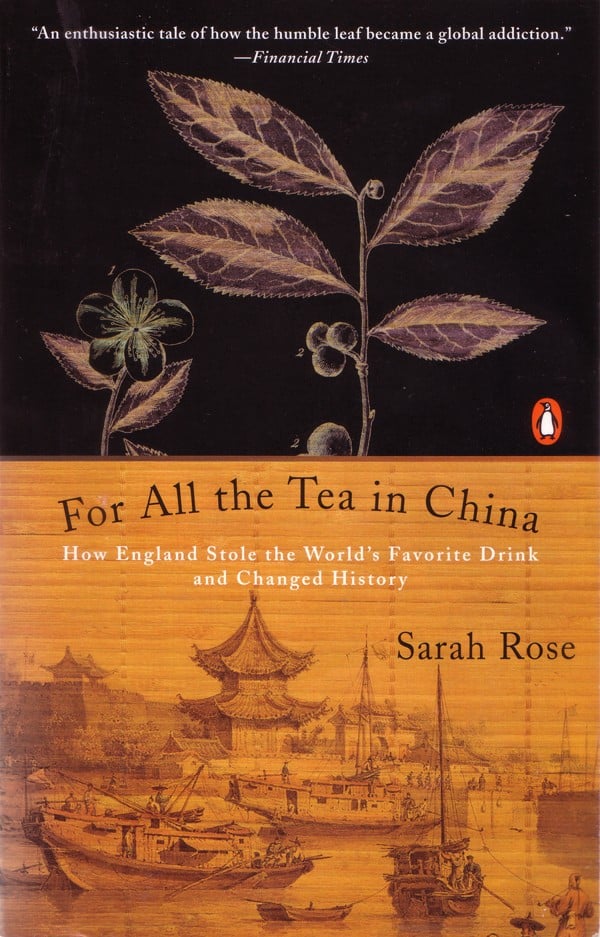 For All the Tea in China by Sarah Rose
For All the Tea in China by Sarah Rose
“I was out of work in the USA and my boyfriend at the time told me about this guy who stole all of China’s tea and told me I should look into it,” says Rose. “Then he bought me Fortune’s book and I was just hooked after I read his account of the pirates.
“On his first trip [for the RHS], Fortune expected to find identifiable black tea plants in gardens known to produce black tea,” says Rose, but he ascertained that green and black tea were derived from the same evergreen shrub, Camellia sinensis (literally meaning “Chinese tea plant”). Fortune discovered that it was the fermentation and processing that distinguished black and green tea, even though they were usually cultivated in different locations.
Fortune was of modest means, from the Scottish border country, and eagerly accepted the £500 per annum on offer from the East India Company, which was five times his existing salary. He was also granted the commercial rights to any plants he may acquire along the way, which would have been a valuable perk, allowing him to service the lucrative market among England’s aristocratic elite for amateur horticultural collections and exotic gardens. The company was only interested in tea and time was of the essence.
How great tea race from China whipped up a frenzy 150 years ago
According to the Museum of Tea Ware, across the path from the LockCha tea room, in Hong Kong Park, when Fortune embarked on his expedition, the amount of tea in production in China was about 50,000 tons a year, of which 19,000 tons was exported. By 1886, the amount of tea produced in China had increased to 250,000 tons, with 134,000 tons exported. Tea accounted for 62 per cent of all China’s exports.
Tea remains the most popular drink in the world after water and the global market is forecast to reach US$47.2 billion by 2020. Market growth is largely attributed to the increasing popularity of green tea, which is perceived as having personal health benefits, but in the 19th century it was the health of an entire nation that was at stake.
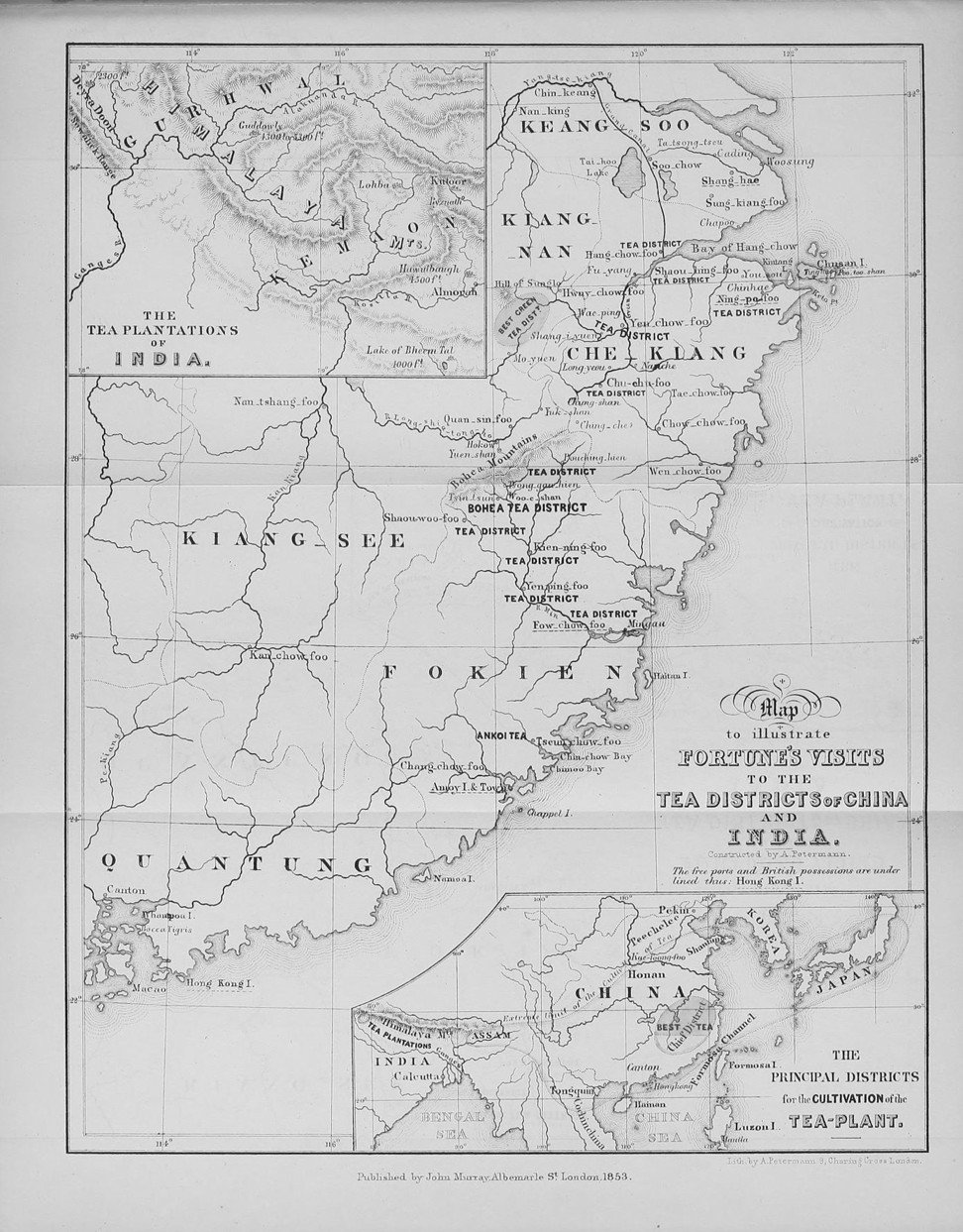 Maps produced in 1853 illustrate Robert Fortune’s trips to the tea regions of China and India. Picture: Alamy
Maps produced in 1853 illustrate Robert Fortune’s trips to the tea regions of China and India. Picture: Alamy
“Tea changed the role of China on the world stage,” explains Rose. “The tea trade gave birth to the colonial territory of Hong Kong – tea drove economic expansion of the British empire in the Far East and Britain’s economy became dependent on tea.”
As most in Hong Kong are aware, it was to balance its trading account and pay for the tea that the East India Company first began importing opium to China (via third-party merchants). It was this commercial symbiosis of tea and opium that led to Fortune’s trip on the company’s behalf and with the full support of the British establishment. Quite simply, the East India Company dreaded the prospect of China cultivating its own opium before it could grow its own tea in India. If that had happened, the East India Company would have gone bankrupt almost overnight.
Not the Darjeeling Limited: The story of a post-colonial mess
By September 1848, Fortune was travelling from Shanghai via Hangzhou to the green-tea regions of Zhejiang and Anhui. It was an arduous three-month trek southwest by river junk, sedan chair and foot, accompanied by two trusty servants, Wang and a man referred to only as “the coolie” in Fortune’s published account of the trip. On their recommendation, Fortune had his hair shaved off, had a faux queue attached to the back of his head and donned the apparel of a local nobleman or wealthy merchant.
“I am Chinese from a distant province beyond the Great Wall,” he would assure local folk in faltering Chinese.
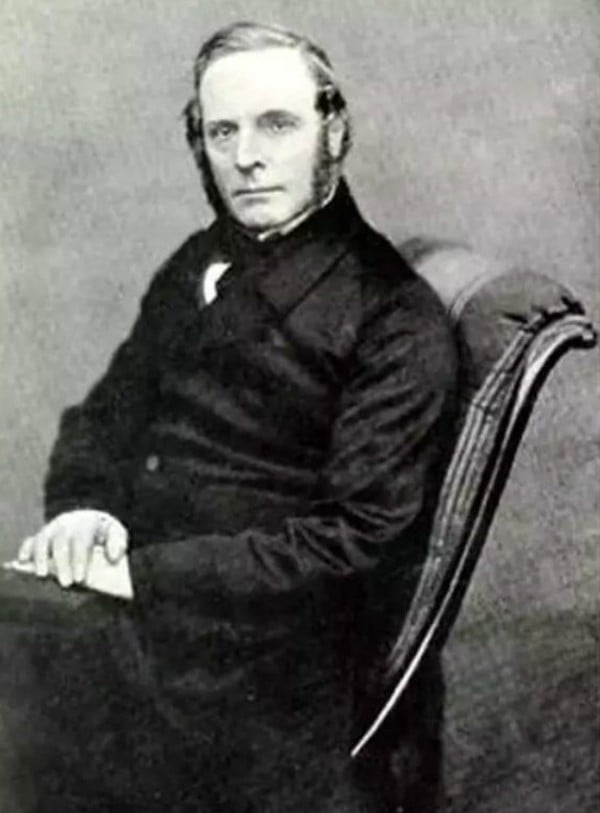 Scottish botanist Robert Fortune.
Scottish botanist Robert Fortune.
In October, he inspected a green-tea factory, witnessed the enigmatic 2,000-year-old manufacturing process and was able to reveal that local producers were doctoring their product with toxic additives to make it look more attractive for the export market. He explored three other green-tea regions, collecting samples and making copious notes before returning to Shanghai in January 1849. From there he was able to update his paymasters in London by letter.
“I have much pleasure in informing you that I have procured a large supply of seeds and young plants which I trust will get safely to India,” he wrote from the headquarters of Dent & Co, his temporary home in Shanghai.
Fortune had collected 13,000 plants and 10,000 seeds but it was now winter and the fragile and vulnerable tea seeds had to be transported to the upper reaches of the Indian Himalayas via Hong Kong and Calcutta. Although this presented his biggest challenge, Fortune thought he may have a hi-tech solution to the problem: the Wardian case.
When Shangri-La to Lhasa and back took 6 months: muleteers recall Ancient Tea and Horse Caravan Trail
In the 1830s, Dr Nathaniel Bagshaw Ward made a simple discovery that was to transform plant hunting and the transport of flora over vast distances by sea. Ward observed that in an enclosed glass bottle or case, plants could be self-sustaining. In daylight, moisture from soil and carbon dioxide was used for photosynthesis and at night, plants emitted oxygen and released water vapour that condensed on the inside of the cool glass and dripped onto the soil. For the first time, botanists could reliably ship flora across the empire.
Fortune spent weeks assiduously packing his seedlings into glass cases and tried several methods for packing his seeds before accompanying the entire shipment to Hong Kong, to ensure they were not mishandled on that leg. The onward journey, however, would be a disaster, although it would be many months before Fortune found out.

In the meantime, in May 1849, he headed to the more remote black-tea country of Fujian province. This was the key part of his mission; black tea was considered even more valuable because it was more popular in the West. Often mixed with milk and sugar grown in the colonial plantations of the Caribbean, black tea had become a staple of the new urban populations of industrialised Britain. No one outside the traditional tea growing areas of China had the first idea about how it was made until Fortune reached Bohea, in the Wuyi Mountains, in July 1849.
Yaan, city of tea and pandas and historic gateway to Tibet and beyond
“We find tea one of the necessities of life in the strictest sense of the word,” he wrote. He returned to Shanghai later that autumn, only to discover the terrible news from India that just 1,000 of his first batch of seeds had survived the journey and most of those were covered in fungus and mould. An overzealous official had decided to open the Wardian cases to inspect the young plants, so most of those were dead, too.
Undeterred, the botanist decided to experiment with the Wardian case. He wondered whether he could place the seeds in soil inside the case and allow them to germinate and grow en route. The results were highly encouraging and precious black tea seeds were successfully shipped to Indian plantations controlled by the East India Company.
 A Wardian case. Picture: Alamy
A Wardian case. Picture: Alamy
Fortune then oversaw the recruitment of experienced tea growers and producers who would manage production in India. When Fortune left Shanghai for Hong Kong in February 1851, with his mission accomplished, he was accompanied by a team of Fujianese black-tea farmers destined for a new life in the Indian Himalayas.
By curious coincidence, “Robert Fortune is connected to the estate in some way and to the story of Tregothnan tea,” says Jones, who, like Fortune, is a botanist and professional gardener who studied in Edinburgh, Scotland.
“There is a rare rose growing here called Fortune’s Double Yellow, sent from Ningbo, which came from Fortune’s plant collection in the 1840s, and it grows on the south side of the house,” he says. It’s not clear how the flower got to Cornwall, but Fortune had a lucrative sideline in providing exotic specimens to the landed gentry.
Commercial break: the first American trade mission to China
Jones also reveals that, in 1999, when Tregothnan’s first tea was planted, gardeners clearing out an old shed stumbled upon the “oldest surviving Wardian case” and mistook it for a rabbit hutch. It would have arrived at the estate, perhaps with the Double Yellow specimen inside, at about the same time Fortune was plant hunting in China, but Jones admits the estate does not make a big fuss about the adventurer’s story.
“You’d be surprised how few people know about Fortune,” says Jones.
Partially forgotten, he may be, but his success in transporting seeds to India led directly to the devastation of China’s tea industry.
 The Wardian case at Tregothnan estate, Cornwall. Picture: Alamy
The Wardian case at Tregothnan estate, Cornwall. Picture: Alamy
“Within a generation, India’s nascent Himalayan tea industry would outstrip China’s in quality, volume and price,” writes Rose.
Chinese tea gardens became deserted after the Dutch and Americans followed Britain’s lead and made their own raids into tea country, to gather the wherewithal to start their own industries. According to the Museum of Tea Ware, by 1949, the amount of tea produced in China had fallen to 41,000 tons, of which 9,000 tons were exported. The nation synonymous with tea had been marginalised and Britain adopted tea as its national drink, albeit polluted with cow’s milk and white sugar.
Production in China did not recover until the 1950s and the nation only recently won back its ranking as the world’s biggest tea exporter.
Indian tea pluckers caught in time warp of misery and deprivation
“It’s an historic moment when the Chinese tea monopoly was broken and until recently that was not really seen as a big tipping point,” says Rose.
Earlier this year, her book appeared for sale for the first time in bookshops in China but, perhaps surprisingly, she does not receive letters from irate Chinese readers, resentful that the secrets of their tea were stolen by the West.
“Actually, I have received some very nice letters from Chinese readers pointing out that they are often considered to be the bad actors on the world stage when it comes to stealing other nation’s intellectual property, so it is encouraging for them to learn that it was the West that started it.”
















